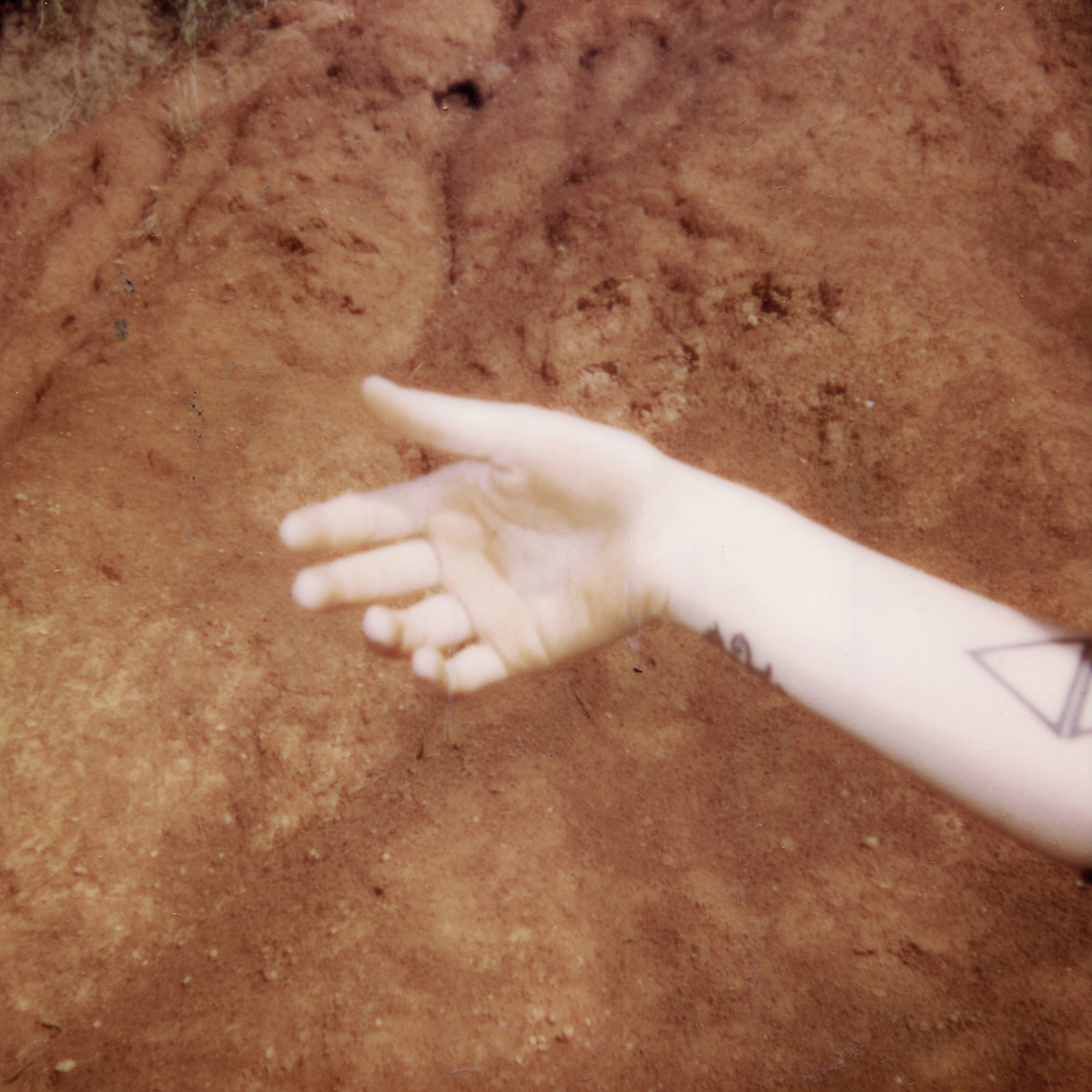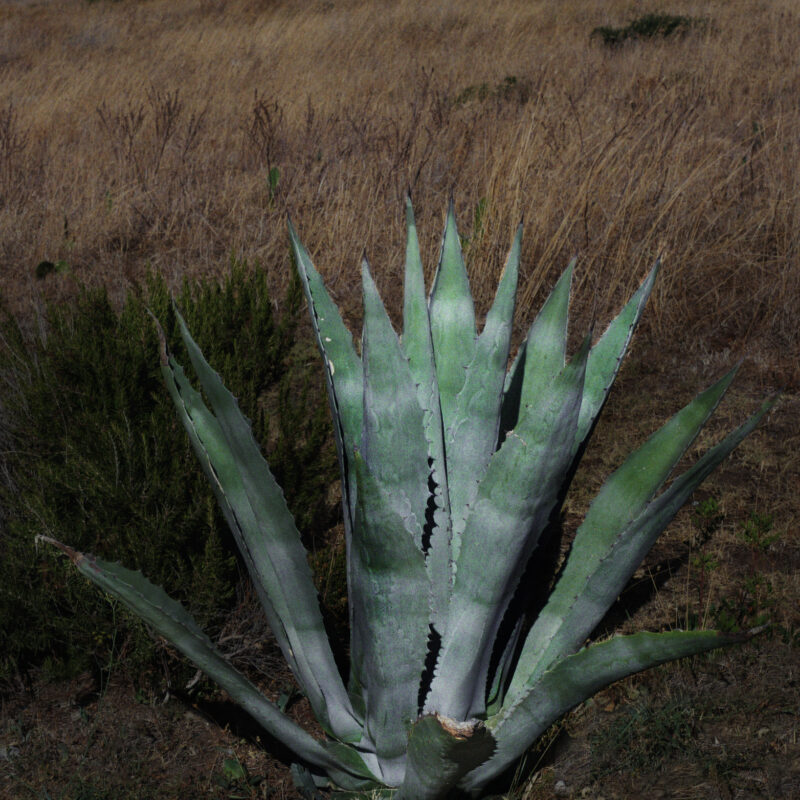Ciao Cristina, parlaci un po’ di te e di come ti sei avvicinata alla fotografia.
Tutto è cominciato con un ricordo d’infanzia, quando ero in viaggio con i miei genitori nel Veneto. Mi comprarono una di quelle finte macchine fotografiche con all’interno una serie di immagini rappresentative del luogo che stavamo visitando. Ricordo con nitidezza il piacere nel premere sul pulsante e, come per magia, vedere scorrere di fronte ai miei occhi vergini rappresentazioni del luogo in cui mi trovavo. Forse se non avessi mai utilizzato quella macchina-giocattolo non mi sarei mai avvicinata alla fotografia successivamente, mi piace pensarla così.
Come è nato il progetto FINIS TERRAE?
FINIS TERRAE è un termine latino che tradotto nella nostra lingua significa “Confine della Terra”, il progetto nasce nel 2018 da una personale ricerca sulla penisola salentina. Ogni volta che ritornavo da Milano, dove vivo, nelle terre natie del Salento, mi fermavo di fronte al mare di Porto Badisco, percorrevo più di mille chilometri e la prima cosa di cui avevo bisogno al mio arrivo era quella di sedermi su uno scoglio e osservare la linea di confine che separa acqua e terra. Meditando trovai lì il mio Finis Terrae, come il punto esatto in cui tutto si interrompe, tutto finisce, tutto si ferma.
Da chi prendi ispirazione per i tuoi lavori?
Sono sempre stata intrigata dal luogo come spazio in cui nascono connessioni, contaminazioni, storie da poter raccontare. Ho sempre evitato il contatto diretto con la figura umana, perché ritengo che sia intrinseca nel paesaggio che essa stessa ha modificato a sua immagine e somiglianza. I primi autori che mi hanno ispirata e avvicinata al paesaggio in questi termini sono stati i capisaldi della scuola americana e italiana: da Stephen Shore a Lee Friedlander, da Luigi Ghirri a Guido Guidi. Durante gli ultimi anni di ricerca, in concomitanza con la nascita e lo sviluppo di FINIS TERRAE, ho avuto modo di approfondire diversi approcci al paesaggio e a tutto ciò che trascende da esso, ovvero che va aldilà della rappresentazione di un luogo fisico, che invece diviene mentale e intangibile.
Come trovi le tue storie? Qual è la prima cosa che fai quando decidi di sviluppare un progetto?
Questa domanda mi riporta con la mente ad uno dei primissimi libri che ho studiato durante il mio percorso universitario, ovvero “Lo Spirituale nell’Arte” di W. Kandinsky. Uno dei principi fondamentali analizzato dall’artista russo fu quello che egli stesso definì il principio della “necessità interiore”, nel quale ho sempre rivisto, personalmente, la fase antecedente alla produzione di qualsiasi progetto.
Hi Cristina, tell us something about you and how you approached photography for the first time
It all started with a childhood memory, I was on holiday with my parents in Veneto. They bought me one of those toy-cameras containing photograms of the place we were visiting.I clearly remember the pleasure of pressing the button as, like magic, my virgin eyes witnessed the flowing of pictures of the place I found myself in. Maybe, if I never used that toy camera, I would never have approached photography. I like to think so.
How the project “FINIS TERRAE” was conceived?
“FINIS TERRAE” is a latin term that, in our language, means “The Edge of The Earth”. This work arised in 2018 from a personal research on the Salento Peninsula. Everytime I came back from Milan, where I live, to the native lands of Salento, I stopped in front of Porto Badisco’s Sea; I traveled more than a thousand kilometers the first thing I needed was sitting on a rock and watching the boundary line between water and earth. While meditating on this, I found my “finis terrae”: the exact point where everything ends and begins.
From whom you take inspiration for your works?
I’ve always been fascinated by the idea of the landscape as a space where connections, contaminations and stories to be told, emerge. I’ve always avoided direct contact with the human figure, because I think that it is somehow intrinsic in the land, whom humans themselves have shaped in their image and likeness. The first authors who either inspired me and brought me closer to the land in this sense were the cornerstones of the American and Italian school: from Stephen Shore to Lee Friedlander, from Luigi Ghirri to Guido Guidi. During the last year of research, in concurrence with the birth and development of ”FINIS TERRAE”, I got to deepen several approaches to the landscape and everything that transcends it, that is to say, what goes beyond the the mere representation of a physical place, becoming instead intangible.
How do you find your stories? What is the first thing you do when you decide to develop a project?
This question reminds me one of the very first books I’ve studied at university, namely “The Spiritual In Art” by W. Kandinsky. One of the fundamental principles explored by the Russian artist was what himself defined the principle of “inner necessity”, within whom I’ve always identified the preliminary phase to the production of any project.
More on:
Website: Cristina De Paola
Instagram: cristinadepaola_














